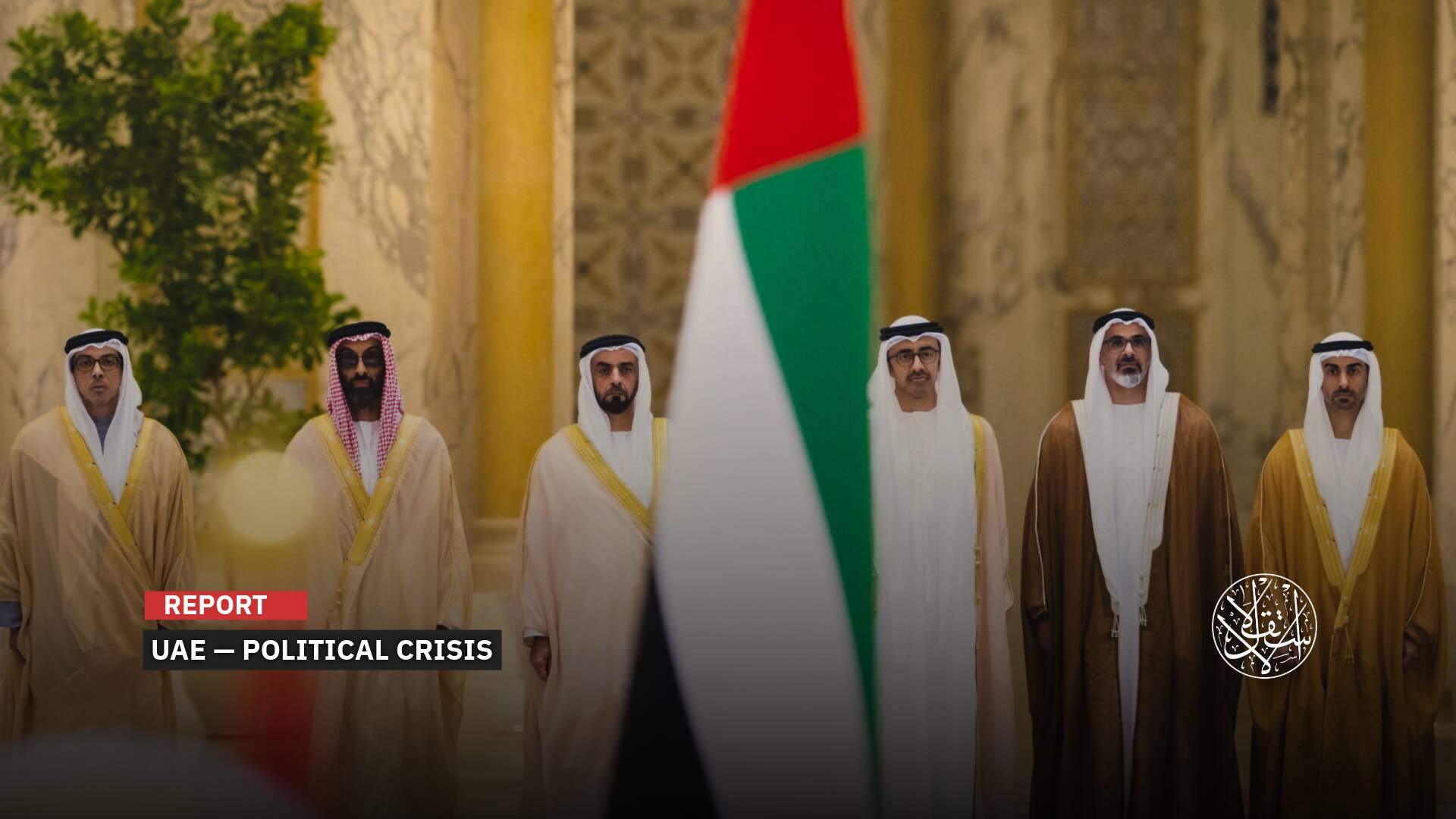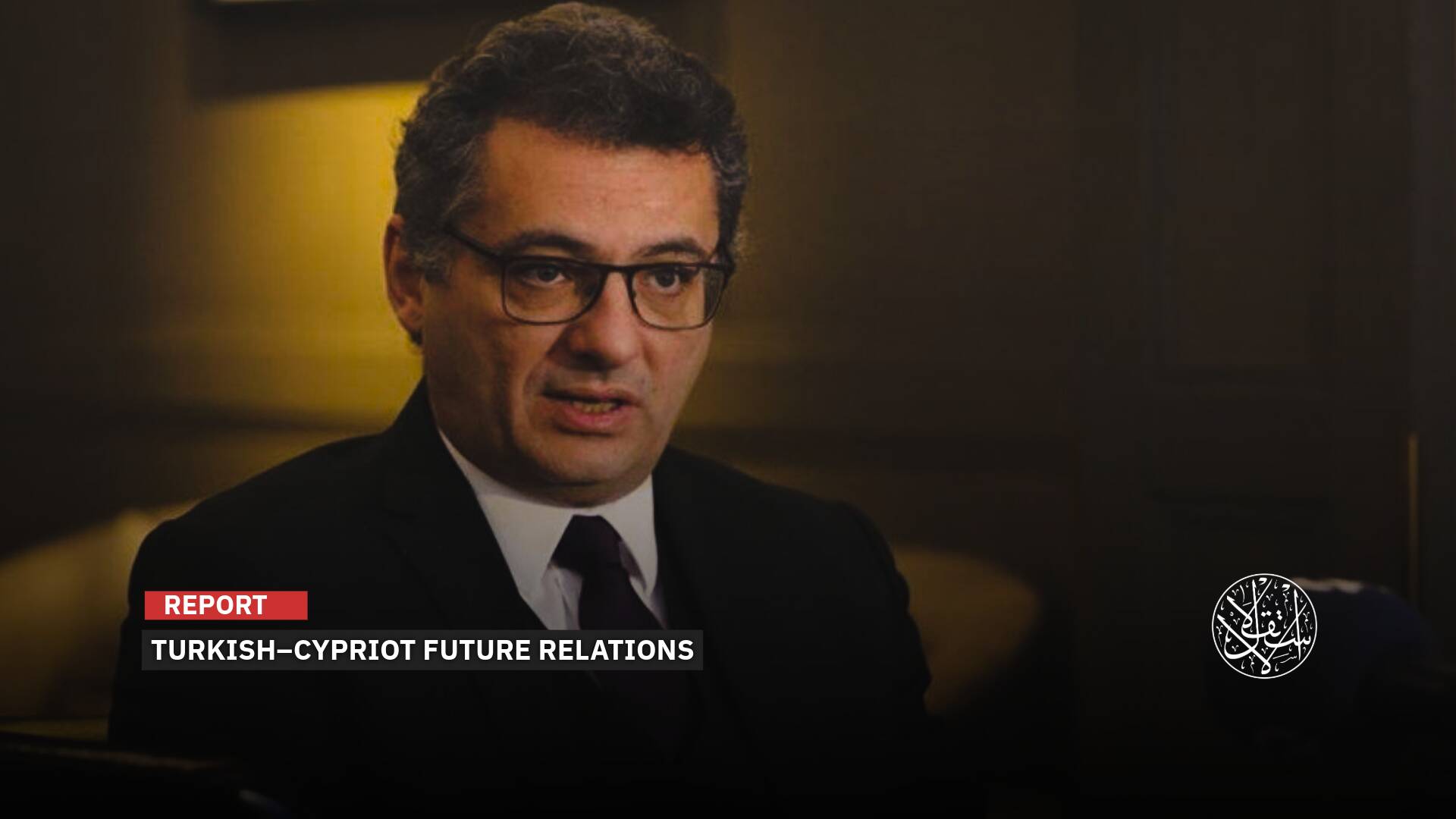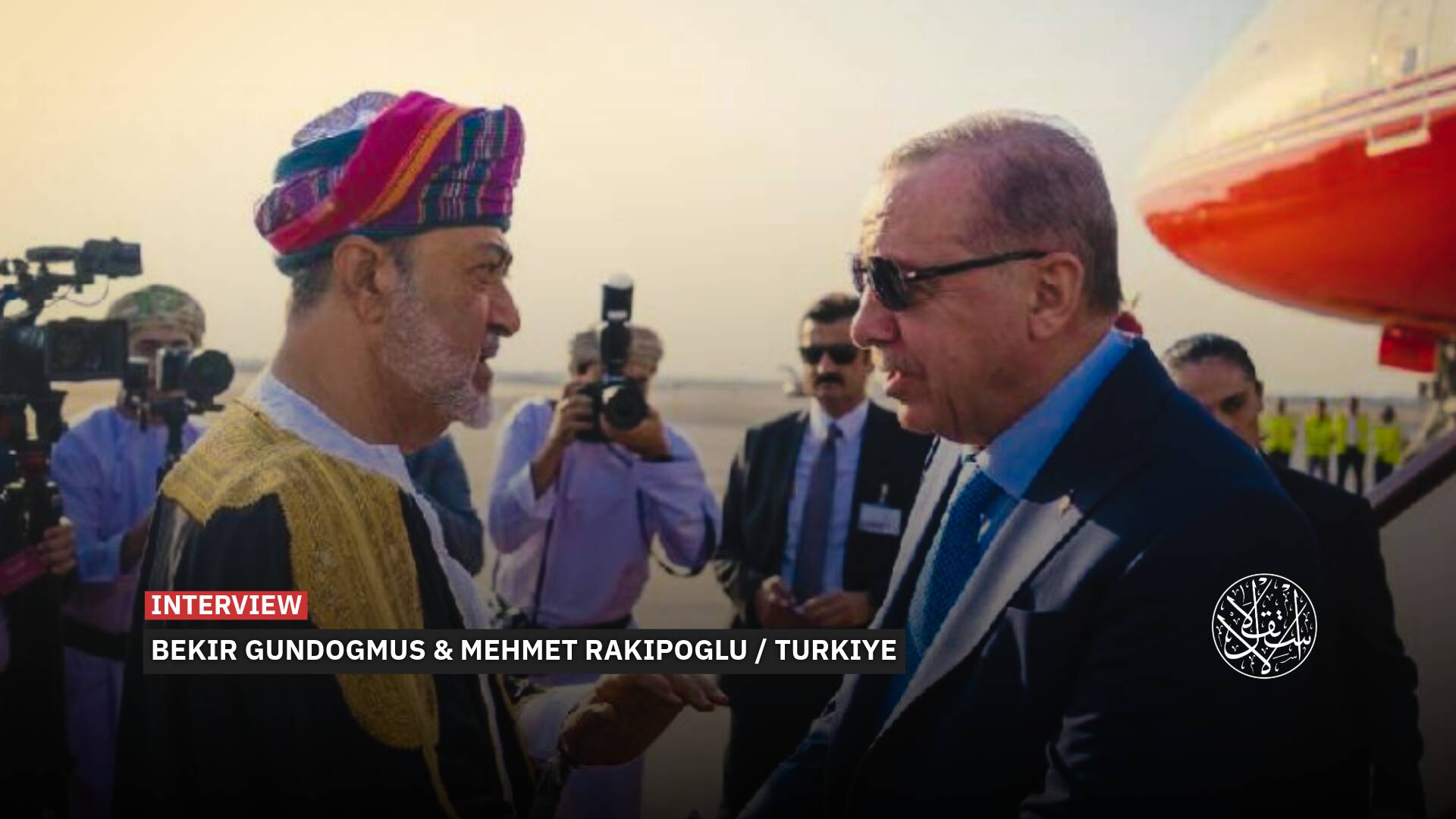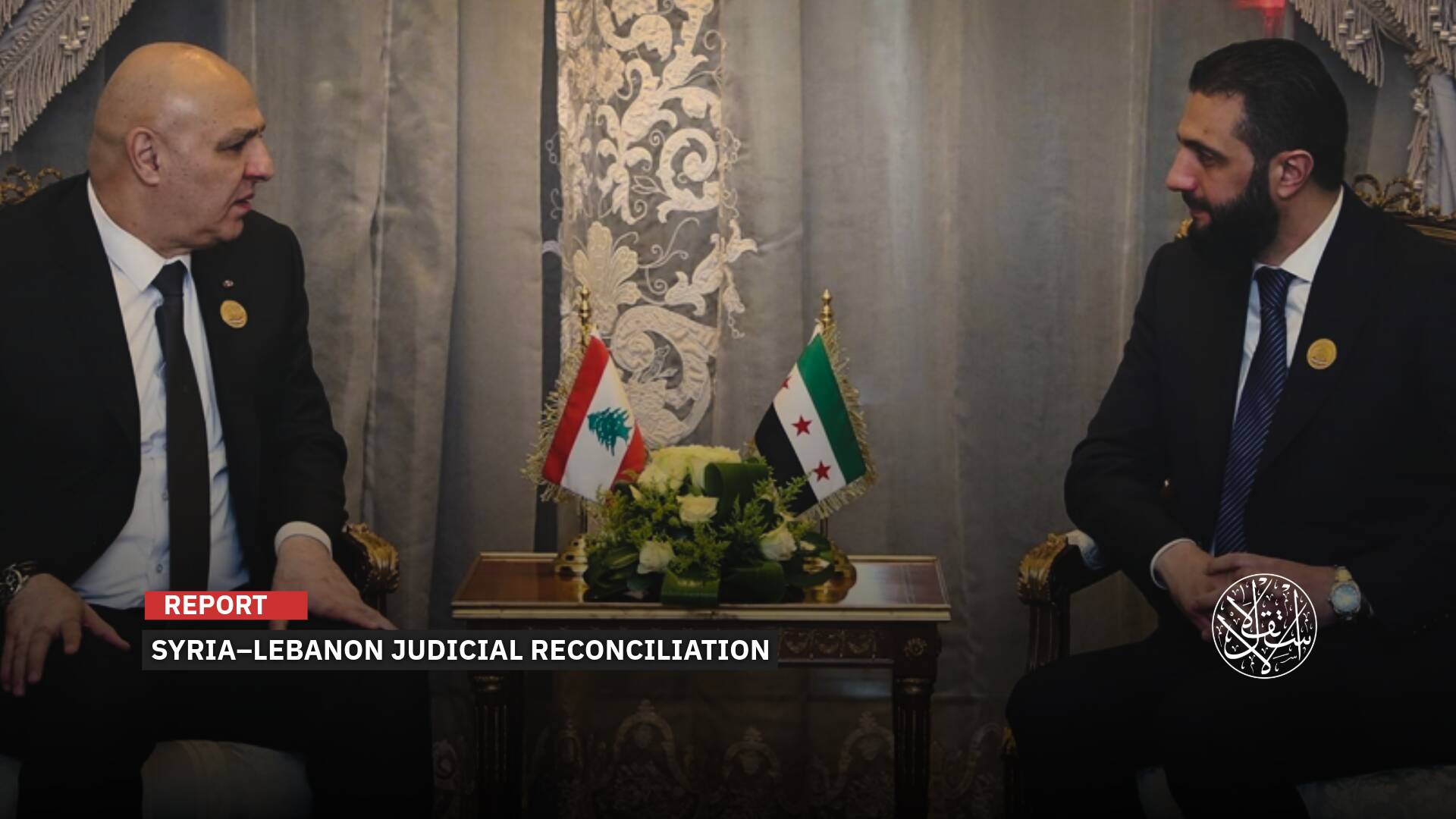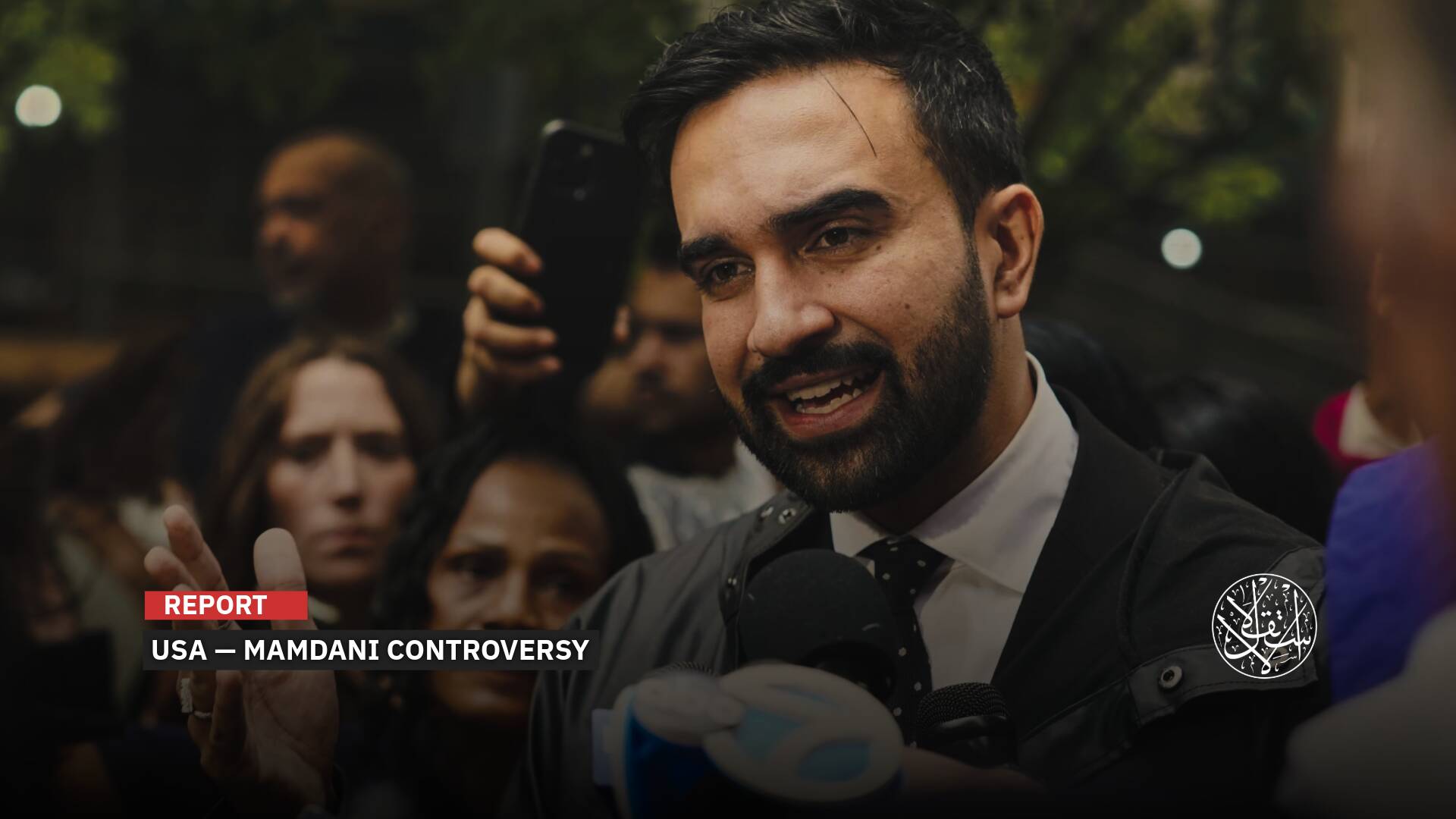Finland's Coalition Government: What Is the Impact of the Rise of the Far-Right in a New European Country?

In just two days, Finland has undergone pivotal changes in its policy. The first change was its shift from left to right after the Social Democrats, led by incumbent premier Sanna Marin, lost the elections on April 2, 2023.
However, the most important change that occurred in the tendencies of this northern European country bordering Russia remains its official abandonment of decades of neutrality, and its joining NATO in a historic step on April 4, 2023.
In the course of less than a year, after Sweden ousted its left-wing government in a rightward shift last year, followed by an election in Italy that resulted in the first far-right-led government since the end of World War II, Finland is also about to get a full-fledged right-wing government.
Meanwhile, Spain’s left-wing government is under pressure, with the right-wing Popular Party and far-right Vox party ahead as the country heads to a vote in December.
The center-right National Coalition Party (NCP) is now the biggest political force in Finland’s 200-seat parliament, with 48 seats, while the far-right Finns Party has 46 and the Social Democrats have 43.
These results came at the expense of Marin’s former partners losing their seats. The Center Party won 23 seats, the Greens won 13 seats, and the Left Alliance won 11 seats. While the Swedish People’s Party of Finland retained its 10 seats, the Christian Democrats retained their five seats, and the right-wing Movement Now secured its only seat.
According to the prevailing custom in Finland, the party that leads the elections is the one who gets the position of prime minister, provided that it is able to form a coalition that commands the majority in parliament, while the party that comes second gets the position of minister of finance.
Government Coalition
Finnish voters chose during the last general elections to exclude their socialist government and bet on the right as a ruling alternative.
Prime Minister Sanna Marin, whose socialist coalition government had applied for membership in NATO, lost the elections that took place in the country on April 2, 2023.
The Social Democrats came in third, after obtaining only 19.9% of the vote.
The National Coalition Party (NCP) came first in the electoral battle, with 20.8% of the vote, while the far-right Finns Party came second with 20.1% of the vote.
In light of this outcome, Europe must now win the support of one or more of the small parties with which it wants to form a coalition government, and then enter into negotiations to form a new government (before mid-June, according to expectations).
On 27 April 2023, Finland’s prime minister-elect and leader of NCP, Petteri Orpo, announced its desire to form a government coalition with an anti-immigration nationalist coalition that finished second in the elections, Politico reported.
Orpo said during a press conference that negotiations to form a government will officially start on May 2, with the participation of the NCP he leads, the far-right Finns Party, in addition to two other smaller parties, one of which is the Christian Democrats and the other is an ally of the right.
“Of course, there are differences between the parties…and there are issues on which different points of view differ. However, as a result of the preliminary discussions held in the past weeks, we collectively came to the assessment that these issues can be addressed. There are no irreconcilable differences,” Orpo said.
“We really have big challenges ahead, we have to make difficult decisions, we have to make savings, we have to make reforms, but I think they can be done and with this combination, I think we can do it,” he added.
Such a step means that the next government will carry a pure right-wing tendency, in significant contrast to the moderate left-wing Marin government that led the country in the past four years.
In the event that the alliance is completed, this will mean the arrival of a new, right-wing, anti-immigration formation to the center of political decision-making in a European country, in the context of the rise of populist and far-right parties in several countries.
The right previously assumed the reins of government in the country in partnership with the Finns Party (the former Finns) between 2015 and 2017, when a split in the formation opposing European unity led to the adoption of more radical positions.

Tough Negotiations
Before Petteri Orpo, 54, takes office, he must find common ground with the anti-immigration, Eurosceptic Finns Party and its leader, Riikka Purra, most notably on the controversial issue of immigration and asylum seekers.
While Purra said her party wanted to reduce humanitarian and labor-based immigration from outside Europe, Orpo said it was ready to review asylum policy, but wanted to continue to welcome skilled workers to Finland.
The two parties also face differences related to European unity and the climate. While the NCP adopts moderate positions in this regard, the Finns Party continues to favor leaving the European Union as a long-term goal, according to what The Guardian newspaper reported on April 27, 2023.
Purra acknowledged that there were significant differences between the partners, but said the Finns Party was determined to be part of a new coalition.
Purra said there is nothing so big that it cannot be negotiated, describing the issue of immigration as a negotiating issue.
A split in 2017 led to a more hard-line in the Finns Party leadership.
The Purra party is officially considering what it calls “Fixit,” that is, a Finnish exit from the EU, albeit just a tactical propaganda, as confirmed by Juho Rahkonen, professor of political science at the E2 Research organization.
The professor said that the party was able to benefit from the current wave of inflation more than other formations, and is currently leading the vote for young people by distinguishing it from the rest of the political class.
If the talks fail, Orpo can still try to negotiate with the Social Democrats and other parties, according to Reuters.
But in order to achieve an alliance with the Social Democrats, a compromise must also be found between the two sides’ sharply different economic policy strategies.
It is noteworthy that the most important challenges that will face the new government are the size of the military expenditures that will be imposed by Finland’s membership in NATO and the continuous aid provided to Ukraine in its war with Russia, and also issues such as the tax file and the austerity policy that will lead to cuts in the education and services sectors, as well as the position on the labor market and migrant labor.
The debt will pose a challenge for the new Finnish government, particularly since NATO membership will require Finland, which shares a long border with Russia, to increase its defense spending.
In the election campaign, prior to the announcement of the results, the declared accumulated government debt, amounting to 7.4 billion euros for the year 2023, was the preoccupation of the right-wing parties, and therefore they continued to call for a policy of austerity and a reduction in government spending, which means reducing the amount of assistance provided to those who live by benefiting from social security laws.
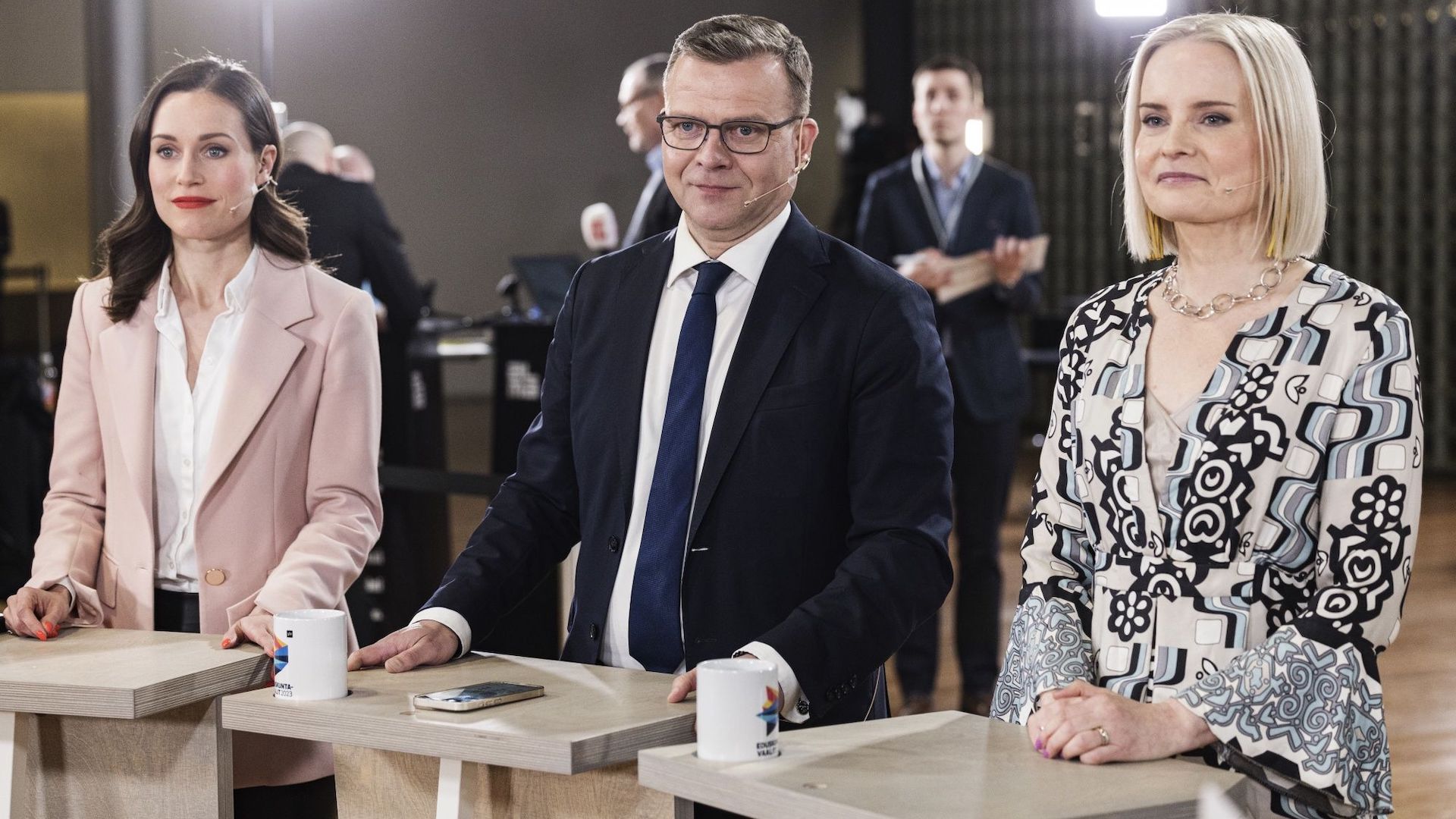
Radical Change
The next Finnish government will witness the first days of Helsinki’s membership in NATO.
The most prominent move of former Finnish Prime Minister Sanna Marin in foreign policy since she assumed power in 2019 was her endeavor, along with President Sauli Niinisto, to bring about a radical change in the country’s policy, by seeking to join the Western military alliance following security concerns following Russia’s invasion of Ukraine on February 24, 2022.
Observers considered that the most important change in Finland’s tendency toward Russia was its official abandonment of decades of neutrality and its joining NATO in a historic step, to become the 31st member state in the military alliance.
Helsinki’s accession to NATO is a revolution for Finland, which shares a 1,300-kilometer border with Russia. Having adopted a policy of military non-alignment over 3 decades, it will benefit from conventional military assistance from its allies and nuclear deterrence.
With Finland’s accession to NATO, Russia’s western flank will become more fragile, as its borders with the alliance will extend from the Arctic Ocean to the Baltic Sea, according to the War on the Rocks website, which specializes in analysis and discussion on strategy, defense, and foreign affairs.
Thus, Finland is no longer the mediator between Russia and the United States, as it did in the past, especially when its capital, Helsinki, hosted in 2018 the famous summit that brought together former U.S. President Donald Trump and Russian President Vladimir Putin, at the height of tension between the two superpowers over Washington’s accusation of Moscow interfering in the U.S. elections.
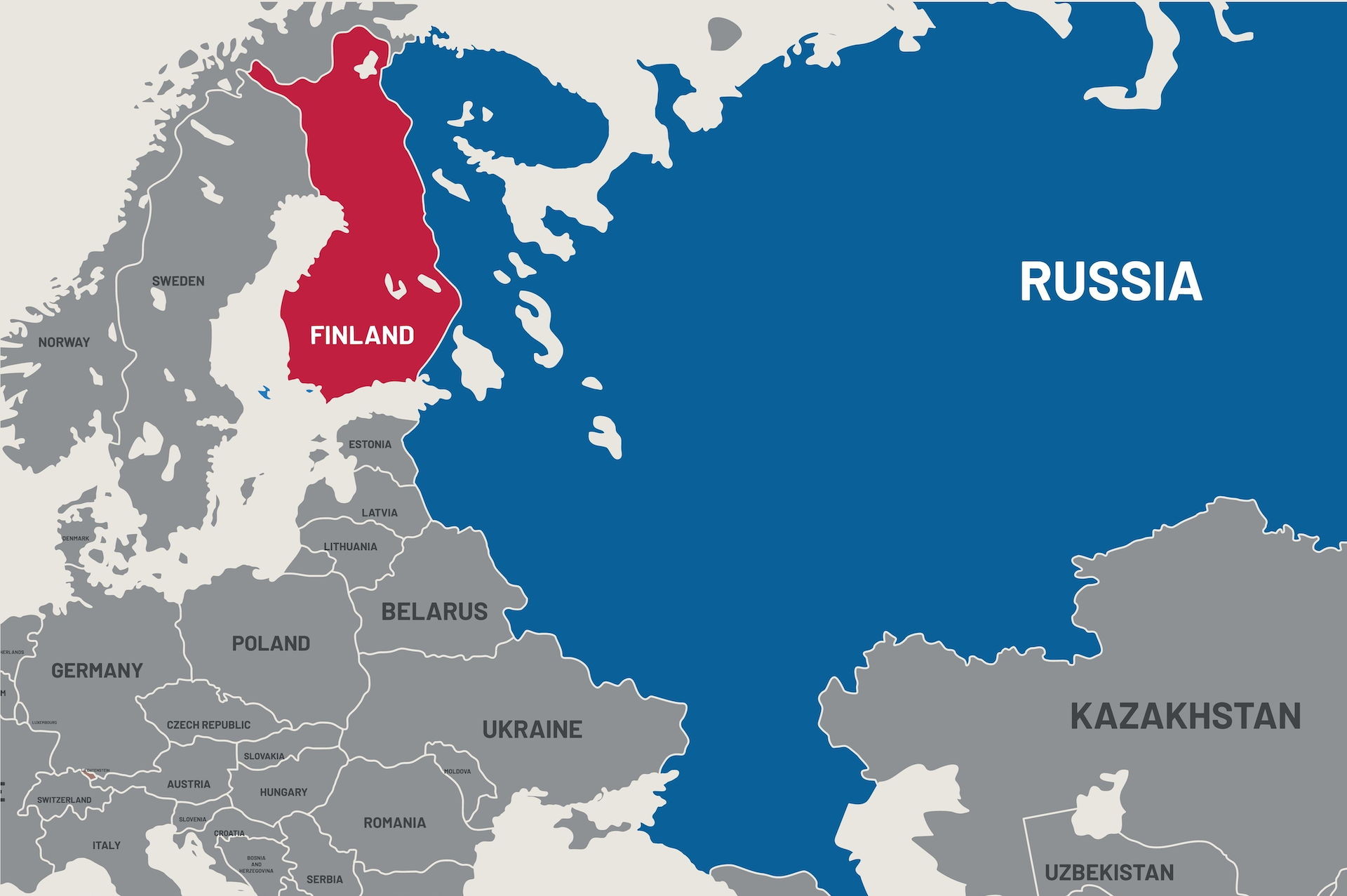
It is noteworthy that the discussions on the issues of Finland’s accession to NATO and its future policy toward Russia were absent from the programs, slogans, and proposals presented by the competing political parties given that they all unanimously agreed in the past on the need to submit a membership application to NATO, and then completely abandon the non-aligned policy.
This means that the far-right Finns Party, unlike the far-right parties in Europe that tend to defend the positions of the Russian leadership and rapprochement with it, does not sympathize with Moscow.
In contrast, this extremist populist party focuses on attacking immigrants and adopts climate and Eurosceptic policies.
In any case, regardless of the new ruling coalition, the defense policies of Finland will remain the same, and will not change with the change of the ruling party.
Moreover, any new government that is formed—which may take months—will have to review the defense policy related to nuclear weapons and also take decisions related to the already high defense spending, which increased last year to 2%, which is the percentage recommended by NATO member states.
Many believe that a purely right-wing government will have more difficulty in searching for sources of funding for defense spending while adopting a policy of cutting expenditures with the aim of reducing public debt.
Sources
- Finland is a step away from a coalition government with ‘True Finns’
- Petteri Orpo defeats Sanna Marin in Finland election. Now what?
- Finnish far right in talks to join coalition government
- Finland’s conservatives to open coalition talks with far-right party
- Finland joins Nato in a major blow to Putin which doubles the length of the alliance’s border with Russia


